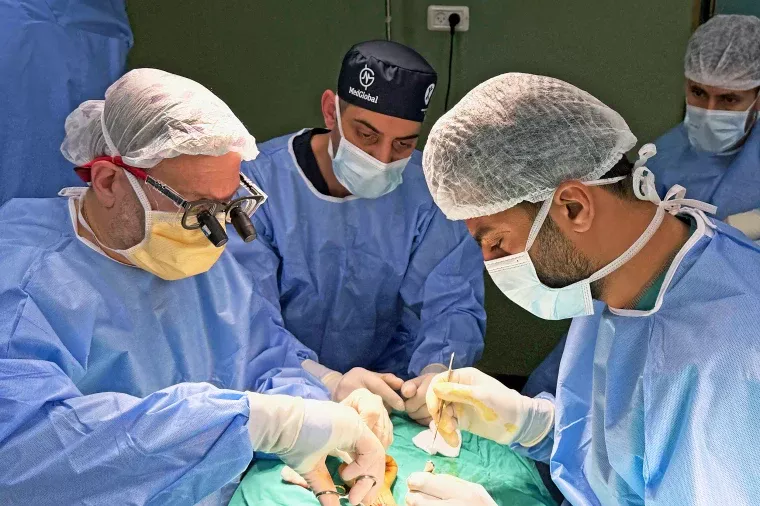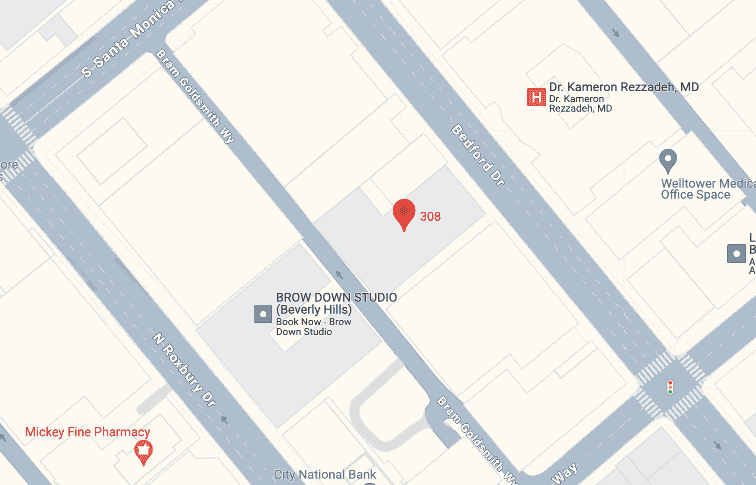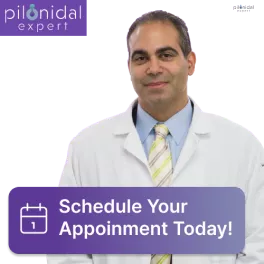Can a Pilonidal Cyst Go Away On its Own?
Many people who experience pilonidal cysts wonder if it can go away on its own. With the proper at-home care and some patience, it is possible to alleviate the symptoms of an infected pilonidal cyst; however, getting rid of the cyst itself is not as straightforward.
If you are suffering from a pilonidal cyst, the best and most effective way to get rid of the cyst is by seeking medical treatment from your doctor. This is because pilonidal cysts require treatment to ensure that the cyst is properly drained, cleaned, and receives the right after-care to avoid any complications, such as an infection, or pilonidal cyst recurrences.
What is a Pilonidal Cyst?
A pilonidal cyst is characterized by an abnormal pocket of skin growth that appears at the top of the buttocks, in between the top of the cleft, near the tailbone. Pilonidal cysts are generally red and tender, containing hair, skin oil, pus, blood, and other debris that can be painful and uncomfortable.
A pilonidal cyst generally develops when an ingrown hair follicle causes friction from sitting or rubbing that can irritate the area and cause the cyst to develop. If left untreated, a pilonidal cyst can become infected, which may require a more urgent intervention.
How Long Does it Take for a Pilonidal Cyst to Go Away on its Own?
Pilonidal cysts can drain fluid. For some patients they may swell and drain only once or twice, while for others they can be a weekly, or even constant phenomenon. For patients for which the cyst only swells and drains only once or twice, the cysts may move into a phase of dormancy wherein they have essentially “burned themselves” out. Dr. Kamrava will often recommend to patients a “watch and wait” strategy before surgery, to see if a particular cyst warrants treatment. If the cyst remains asymptomatic, surgery is not necessarily required. For these patients, the cyst has not “gone away” but effectively is acting as such and should require no further treatment.
How Do I Get Rid of a Pilonidal Cyst on its Own?
No clear treatment strategy has been recommended for at home treatment of pilonidal disease. Some patients have reported anecdotally that they have found success with irrigation of their cysts with betadine solution at home. However, no formal studies have been performed to validate this claim.
If your pilonidal cyst becomes inflamed, be sure to schedule an appointment with your doctor as soon as possible. During the time between seeing your doctor, you can use a warm compress to help alleviate any pain or discomfort. In addition, soaking in a warm bath may help with pain and discomfort until you see your doctor.
Be sure to keep the area as clean as possible by gently cleaning the area with mild soap. After, gently pat the area dry throughout the day and be sure to change clothes if you get sweaty to avoid further irritation or risk of infection.
Another helpful tip while you wait to see your doctor is to ask him or her treatment advice.
How Does a Doctor Treat a Pilonidal Cyst?
An actively infected pilonidal cysts are treated in-office by a doctor in a minor procedure. First, the doctor will begin by numbing the area via injection using a local anesthetic. The doctor will then make a small incision using a surgical knife, which will drain the pus and other debris from the cyst.
Once the minor procedure is done, your doctor will provide you with after care instructions. It is crucial that you follow the after care instructions to minimize the risk of any complications later on, such as infection.
Learn more: Who Treats Pilonidal Cyst: Specialists You Need to Know
Depending on whether or not the condition of the pilonidal cyst is chronic, there may need to be a more definitive treatment to fully cure the cyst. Depending on the characterisitics of a particular cyst and a patient’s own desires, Dr. Kamrava offers office-based treatment, minimally invasive procedure to full surgical flap procedures for his patients. Contact us at (424) 279-8222 today!








